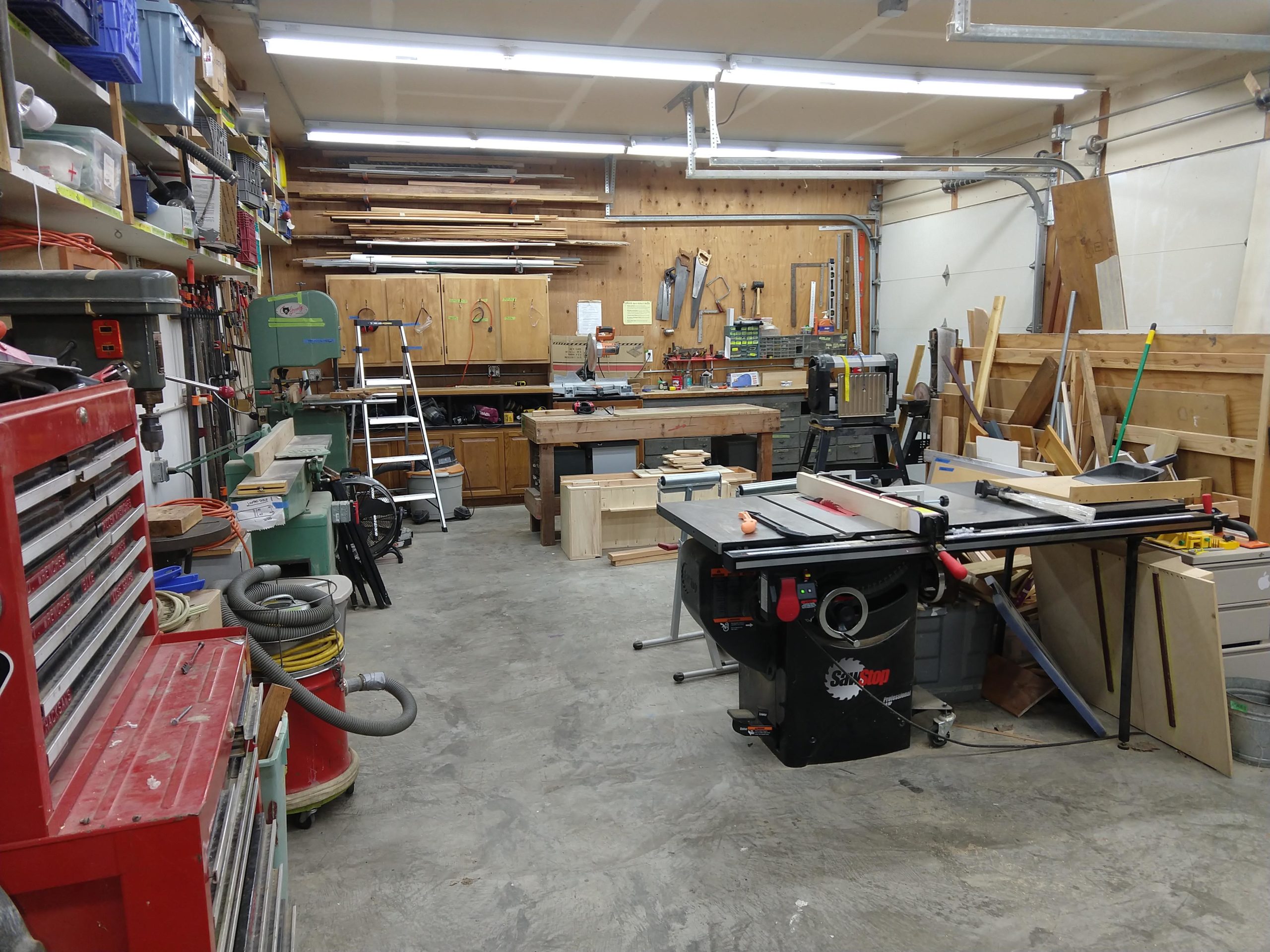This is the story of an auto repair adventure with some juicy twists and turns, but first things first: I try to eliminate car trips, preferring to walk and bike when I can. Still, I do own a car and use it for a substantial number of trips. The car is a Chevrolet Volt plug-in hybrid. It will run 50 to 60 miles solely on electricity, and if I’m on a longer drive and the juice runs out, the car switches to hybrid mode, relying on a gas engine that gets about 40 miles per gallon. When I finish a drive, I grab the handy-dandy J plug charging cord (SAE J1772, if you want the technical standard) and plug the car into a standard 120-volt socket to recharge the batteries. I am fully aware that electric vehicles aren’t the answer to our climate predicament, but I feel a little less bad driving in electric mode and avoiding burning gasoline, and even more so because the electricity for the car comes mostly from rooftop solar panels (I know, I know, solar panels aren’t the answer either). You can imagine my disappointment, nay my dismay, after a recent drive when I plugged in the car, and it wouldn’t recharge. Such a failure turns the car into a typical gas burner, defeating the entire purpose of its purchase.

Connecting a J plug to the car’s socket (photo by author)
I set out to diagnose the problem—my first thought was that there was something wrong with the charging cord, an easy enough hypothesis to test. The local community college has a set of free charging stations, and since this particular automotive calamity took place during a pandemic summer, the school was more deserted than the Chernobyl Exclusion Zone. Chargers were always available, so I drove to the college, parked in front of one of the stations, stepped out of the car, grabbed the J plug, and shoved it into the car’s socket. With nervous tension, I peered through the windshield to the indicator lot on top of the dashboard, waiting to see if it would illuminate. Sweet relief! The glow of green revealed that my charging cord had a problem, as opposed to some deeper, more-difficult-to-diagnose issue with the motor or batteries. I figured the hard part was done, and now it was time to get a simple repair.

Deserted free car charging station at the community college (photo by author)
In line with the capitalist, consumerist realm that I was born into, I turned to a commercial enterprise to solve my problem. After charging the car at the community college, I phoned the nearest Chevrolet dealership to see if I could bring it in for repair. The customer service representative—let’s call him Abe because that’s his name—scheduled me for a Friday morning appointment a full week and a half away. That’s annoying, but understandable. When the time came around, I loaded my bike into the car, drove to the dealership, and described to Abe what I knew about the charger. He explained that they had a large backlog of repairs and service to perform, so it might be Saturday before the car was ready. No problem. I got on my bike and pedaled home.
The dealership made no progress on Friday. At the end of the day on Saturday, I got a text message saying they couldn’t get to my car—again no progress. No progress on Sunday (the dealership was closed). Apparently, progress occurred at the end of the day on Monday, and I was finally summoned on Tuesday morning to pick up my ailing vehicle. When I arrived, the service lobby was a zoo—so many people are spending their precious free time ordering and paying for car repairs! After waiting for quite a while, it was my turn to talk with Abe.
This is the point in the story when things turn dark, so please do what you need to do to inoculate yourself against the frustrations of modern commerce! Here’s the dialogue (to the best of my recollection).
Abe: It turns out there’s a problem with your charging cord.
Me: I know. I told you that on Friday when I dropped off the car.
Abe: Yes, well, the technician had to confirm it and see what the problem was.
Me: Ok, so what’s the problem?
Abe: It turns out the charging cord doesn’t work and needs to be replaced. I should warn you – they’re pretty expensive.
Me: Ok, how much does a new cord cost?
Abe [with a straight face]: One thousand two hundred dollars.
Me [with strange coughing noises and rapid breathing]: PHHHWWWHAAATTT?!?!?!
Abe: Yes, I said it was expensive.
Me: Yeah, that’s a substantial percentage of the entire value of the car. How can a charger cost that much?
Abe: Would you like me to place the order? We don’t have them in stock, so it’ll take a couple of weeks to get one in.
Me: PHHHWWWHAAATTT?!?!?!
Abe [with a blank stare]: <awkward silence>
Me: No thanks, I think I’ll try to find a different solution.
Abe: OK, let me just ring you up and get you your key.
Me: Ring me up?
Abe: Yes, for the service.
Me [with droplets of blood beginning to flow from my ears, eyes, and nose]: Service?
Abe: Yes, the work the technician did.
Me: What, exactly, did the technician do? Anything besides plugging the car in with a working charger?
Abe: Let me go check. [Abe is gone for several minutes, and then returns with a paper in his hand.] Yes, the technician plugged your car in with a working charger and determined that yours doesn’t work. This is your bill for $24.
Me [with blood pooling on the floor and actual steam rising off the top of my head]: Let me get this straight. I told you the problem with the charger. You kept my car for 4 days, repeated the problem back to me, suggested I spend $1,200 on a minor part, and now you’re charging me $24 for that “service”?
Abe: Yes, the technician had to confirm the charger wasn’t working, and we have to pay for his time. He’s the only one here who works on electric cars.
Me [with no blood left to shed and figuring that paying $24 was my fastest way out of this scene]: Cha-ching!

Artist rendering of the conversation between Abe (hammer) and Rob (tomato) (Photo by Khush N, Attribution-NonCommercial-NoDerivs 2.0 Generic (CC BY-NC-ND 2.0)) URL = https://www.flickr.com/photos/commpilot23/9346818666/in/photolist-2i3xKun-2i3xX9A-2i3z5yP-2iVo7cv-2i3wVV9-2iVqRGW-2i3ZsNk-2i3VZEu-3NwokH-2iVo7PY-mugxu-hk12Jy-2i3uxC9-2i3uvNT-4inudu-feWTxY-8X7d8k-3oQB6P-3oQAZD-2kLt7Yy-9S6mBA-3nAP9J-aDgzdB-5K6Rj2
When I got home, I went online to see if I could find some better options. There were quite a few. The official Chevrolet parts dealer had a new cord for $700 (wow, Abe’s markup was $500!). Beyond that, I was able to find used chargers for under $200. But it still didn’t feel right to spend that much money on a glorified extension cord. So I decided to do what I should have done from the start: find someone smarter than me. I turned to Bruce.
Bruce is my friend who knows how to do everything. I’m a little bit of an engineer, not afraid to try fixing stuff, but usually when I take something apart, all the king’s horses… well, you get the idea. But Bruce is an engineer through and through. I used to live in a cohousing community where he still resides, and this community has a wonderful workshop with tools galore for about 70 people to share. I explained my problem to Bruce, and he told me to meet him at the workshop. I grabbed my cord and two Oregon microbrews and walked over to the shop to see what we could do (beyond drinking some good beer). And by “we,” of course I mean Bruce.

The workshop at the cohousing community. Photo credit: Jeremy Groom
Here’s a summary of the technical procedures that Bruce performed, while I mostly watched (although I did turn some screws and say many sarcastic things during this process):
- Open the box portion of the charging cord and look at the motherboard, checking to see if it looks like there’s anything wrong with the relays or connections (everything looked fine).
- Cut open the cord and use a voltmeter to check the conductivity of the wires (it turns out the cord actually has a bundle of 4 separate wires).
- When we (please remember that “we” means Bruce) discovered that one of the wires was not conducting, we came up with an ingenious way to pinpoint the problem with the wire – literally using pinpoints.
- We stuck pins in the wire to find a stretch of it that was not conducting, and then moved the pins closer to each other until we found where it was conducting. Using this patent-pending method, we discovered that the white wire had a break in it.
- We cut away the insulation and found the break in the copper wire. Quick aside: how did a copper wire, all bundled up and insulated inside a cord, spontaneously break? Arrrrgggghhhh!
- After some soldering, shrink wrapping, and electrical taping (and don’t forget the beer drinking), we had a fully conducting charger.
I thanked Bruce profusely for the help and the good time, and scuttled back home to the car, hopeful that this 42-cent repair would do the trick. I plugged the standard end of the cord into the wall outlet, and the J-end of it into the car and held my breath. GREEN LIGHT MEANS GO, MOTHERFRICKERS!!!! I’m sure I looked like a doofus as I celebrated alone and raised my hands to the heavens in victory, but maybe I regained just a bit of the mojo I had lost while speaking with Abe the day before.
At this point in the story, I considered the merits of embracing my inner nerd and producing a comparison table to display a side-by-side rundown of what I got from the Chevrolet dealership versus what I got from Bruce. But I’ll spare you and just present a few concluding morals to this story:
- It’s more fun to work with Bruce than Abe. But to be fair, I didn’t offer Abe a beer – hmmm, I wonder what kind of beer you can get for $24.
- Even though I’ve written extensively on ecological economics and community resilience, I still feel all-too indoctrinated by our global throw-away economy. I have to remind myself to think first of local options and go the repair route whenever possible.
- Fixing stuff can be a lot of fun, both in feeling a sense of accomplishment and in connecting with someone through collaboration on a shared project.
- Stick to bicycling or feet – no J1772 cord required.
Now, I’m off to build my own toaster.






